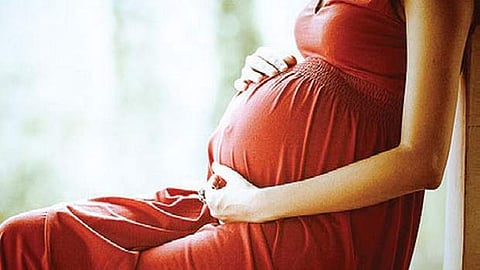

NEW DELHI: Kerala, Tamil Nadu, Karnataka and Telangana have higher infertility rates than northern states, according to a recent study, which found that age of marriage, biological factors and lifestyle factors are strongly linked to infertility. The other states seeing similar trends in infertility are Goa, Delhi, Sikkim and Himachal Pradesh, said the study published in PLOS ONE journal.
The study ‘Surging trends of infertility and its behavioural determinants in India’ is based on the secondary data available after four rounds of the National Family Health Surveys spread from 1992 to 2016. The data showed that many causes of infertility — such as sexually transmitted diseases, lifestyle factors and healthcare practices — were curable.
It also pointed out that women suffer to a great extent from childlessness as compared to men, and they always bear the burden of psychological, family and community pressure. It was observed that having multiple sex partners and sexually transmitted infections were significant causes of infertility and induced abortions. “The infertility rate is higher in developing countries due to sexually transmitted infections and lack of adequate and modern medical facilities,” said the study, conducted by the Centre of Social Medicine and Community Health under Jawaharlal Nehru University and International Institute for Population Sciences in Mumbai.
Many other factors such as environmental, socio-economic and lifestyle-related issues contribute to the problem. “Living environment of a couple, such as frequent exposure to heat and noise, have adverse effect on the couple’s reproductive life,” the study said, adding “people with excess weight have a major impact on menstruation, infertility, miscarriage, pregnancy and labour.” Smoking, alcohol consumption, induced abortions and prior contraceptive use also increase the risk of infertility.
“The estimates of the Census of India (1981, 1991, 2001) show that infertility in India has increased among reproductive-age couples. It has risen from 13 per cent in 1981 to 16 per cent in 2001,” said the report, adding, “It was observed that the infertility rate has declined between 1998-99 and 2005-06. Another study from India found that about 8 per cent of currently married women suffered from primary and secondary infertility, of which 5.8 per cent were secondary infertility,” it said.
WHO suggests that worldwide, about 8-12 per cent of couples suffer from infertility, and its incidence rate varies worldwide. “In India, the infertility issue is serious yet neglected, and it is frequently overlooked in public health discussions, which may cause a huge adverse impact on people’s reproductive and productive life in the long-term,” Dr Balhasan Ali, one of the authors, told this newspaper.
He added that the country’s rising infertility rate is a big issue, particularly in south Indian states. “This high infertility rate in southern states may also contribute to overall total fertility rate (TFR) decline.”
Ali, a demographer at the International Institute for Population Sciences, Mumbai, said although primary infertility (inability to conceive) has decreased modestly in recent decades, secondary infertility (inability to bear a child after having an earlier birth) has risen dramatically. This is mainly due to lifestyle choices. The study suggested that primary fertility is higher among younger women, and secondary infertility among the older.